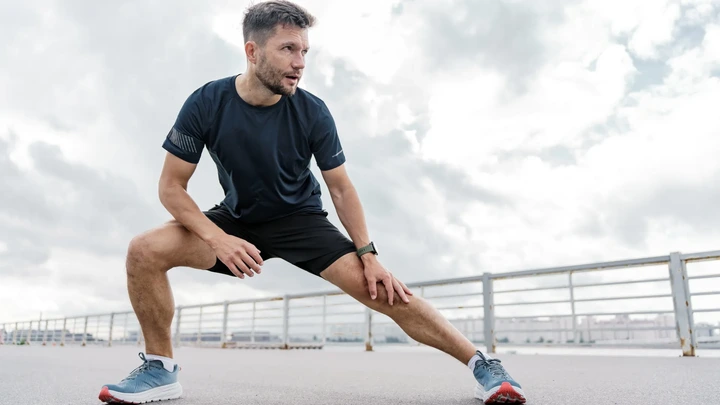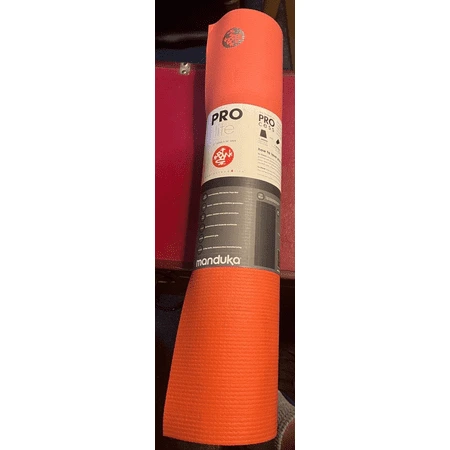Here are four exercises to enhance hip strength for running.

View pictures in App save up to 80% data.
Whether your goal is to run more regularly in 2025 or to achieve a significant milestone such as completing your first marathon, avoiding injuries is essential for beginning your journey on the right foot and maintaining your progress.
How can you achieve this? By integrating mobility exercises into your regular schedule in addition to your running sessions, like this hip mobility routine endorsed by a physical therapist that I'm currently utilizing to enhance my training this year.
While some of the best running apps offer guided strength and conditioning sessions tailored for runners, these are often part of premium subscriptions. If paying for an app isn’t for you, one routine I’ve taken a liken to recently comes from physical therapist Dr. Lisa Mitro.
This simple, four-move session focuses on hip mobility and can be done at home or in the gym. All you’ll need is one of the best resistance bands and a foam roller.
Check out Dr. Lisa Mitro's four-step mobility routine!
The hips play a crucial role in running for several reasons. Firstly, they are the central pivot point for the entire lower body, allowing for efficient movement and stability. Strong and flexible hips contribute to better stride length and frequency, which can enhance overall running speed. Additionally, the hip muscles, including the glutes and hip flexors, are essential for generating power and propulsion during each stride. Proper hip alignment also helps in maintaining balance and reducing the risk of injuries, as it ensures that the body moves in a coordinated manner. Overall, healthy hips are vital for optimal running performance and endurance.
The hips serve as a crucial base for effective movement and strength during running. As physical therapist Dr. Mitro discusses in her article, “the hip functions as a ball-and-socket joint, providing a wide range of motion while requiring significant stability to support running activities.”
Dr. Mitro emphasizes the necessity of hip stabilization to "prevent compensatory movements throughout the kinetic chain." When the hips are unstable, other areas of the body, including the knees, ankles, or lower back, may take on extra strain, thereby raising the likelihood of injury.
Hip stabilization plays a crucial role during the mid-stance phase of running. According to Dr. Mitro, this phase is characterized by “the other leg swinging through while the stance leg readies for push off.” If your hips lack stability during this time, “you will experience a weakened push off, which can negatively impact your running form and efficiency.”
With the hip-stabilizing exercises provided by Dr. Mitro, you can easily incorporate this into your routine.

View pictures in App save up to 80% data.
The first two of the four movements are completely equipment-free, but it’s a good idea to roll out one of the best yoga mats to protect your back and joints from the hard floor. If you don’t have an exercise mat, a couple of towels or a blanket will work as a substitute.
The third exercise in the series requires you to position a resistance band around your thighs, just above your knees. This movement resembles a standing version of the banded fire hydrant and will challenge your balance. Ensure there is a solid surface behind you to support your active leg's foot for added stability.
The last exercise involves positioning a foam roller between your knee and the wall while you perform a bend and lunge. If a foam roller isn’t available, try to find a soft item of comparable size, such as a small pillow, to substitute.
If you complete this hip-stabilizing session and notice that your hips could benefit from this type of movement, think about adding it to your usual exercise regimen.
While it might not feel as energizing or intense as a HIIT workout or weightlifting session, this type of mobility work can have a significant long-term impact on your running performance.
Additional insights from Tom's Guide
3

View pictures in App save up to 80% data.










